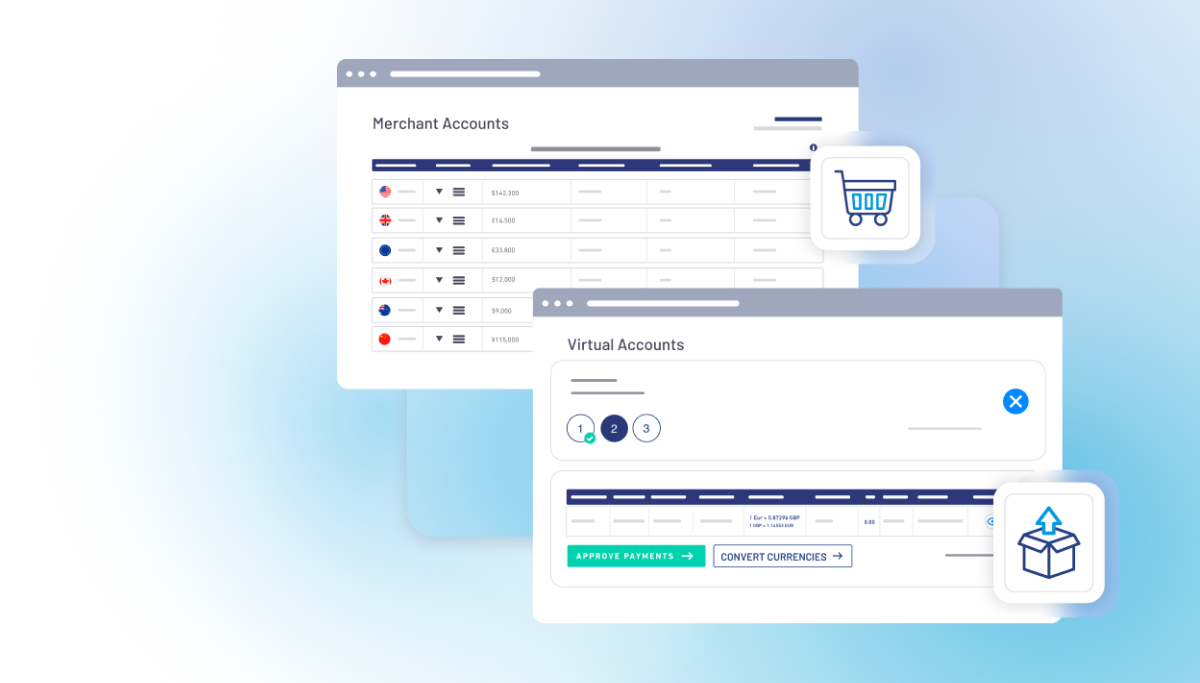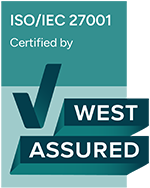All the best games have rules. Without them, we could never make any progress up the ladder, slide down the snake, build a hotel in Monopoly, or feed a hungry hippo.
Without rules, anarchy ensues, and nobody has any fun. These games are a great learning ground for the rules-based world we have to follow as adults. Those rules that protect us and others.
In the payments industry, moving money around the world requires navigating a complex set of rules, laws, and regulations. It can be tough for individual businesses, and even global enterprises, to comply with all of them without specialised support. From stringent anti-money laundering (AML) regulations to complex tax laws, ensuring compliance while facilitating international transactions is no easy feat.
However, there are strategies that you can implement within your organization to mitigate these challenges.
1. Conduct risk assessments (or get someone else to do it for you)

The regulatory landscape governing cross-border payments is multifaceted and constantly evolving. This makes it challenging for businesses to stay abreast of changes. Ensuring compliance means proactive and comprehensive risk assessments to identify potential risks associated with cross-border payments, including AML and KYC (know-your-customer) risks.
However, internal checks require expertise and time. Having an external partner do these checks also adds cost.
Put simply, it’s easier to work with a payment provider that does these risk assessments as part of its core function. Licensing authorities hold these money service businesses accountable, ensuring external risk assessments are conducted regularly. By passing the baton to a cross-border payment specialist, you gain the benefit of risk assessments. Without having to do all the leg work yourself.
2. Implement robust compliance procedures

Businesses have to implement robust AML and KYC procedures to verify customers’ identities, detect suspicious activities, and prevent money laundering and terrorist financing.
Developing and implementing these procedures and controls must be tailored to the specific regulatory requirements of each jurisdiction where your business operates.
However, the manual time required to conduct due diligence checks can drain your team’s capacity. Without sophisticated automated systems to do that work for you, you can be left in the dark, with your team scrambling to keep up with their day-to-day tasks while navigating compliance procedures. Luckily, today’s fintech ecosystem has these automated checks baked in from the outset.
By simply adopting a system that conducts these checks as a matter of course, you can leverage those automated solutions much sooner and without the burdensome costs and personpower needed to implement them.
3. Keep your procedures, technologies, and people up to date

Regulatory compliance in the world of cross-border business payments isn’t a set of commandments set in stone. Various geopolitical factors and macroeconomic changes can affect every aspect of compliance.
The most important strategy to ensure long-term effective compliance is to stay informed and adapt. Keeping up to date with regulatory requirement changes in the industry and evolving best practices through continuous monitoring of regulatory developments and participation in industry forums and training programs is paramount. By keeping up to date with the continuum of changes, you can more easily adapt your compliance processes accordingly to ensure ongoing compliance.
The technology you use is a key aspect here. For example, relying on spreadsheets opens you up to potentially fraudulent activities from inside and outside your organisation. While using payment methods that don’t search for fraud, or use two-factor authentication, can leave you vulnerable.
Again, the alternative strategy is to pick a partner that stays informed themselves and implements necessary changes. It is an important to ask your payment partner how they are doing this – and don’t hesitate in asking it regularly.
4. Use (Properly) Regulated Partners

So far, a lot of the conclusions to navigate regulatory issues have been to use 3rd parties, but are all 3rd parties equal?
International payments are a complex business. Even experienced financial experts can easily get lost in the nuances of moving money across borders. As a result, national and international bodies require strict hurdles to be overcome before allowing a payment provider to handle someone else’s money.
However, not all hurdles are the same.
From having an E-Money License or not, being a Money Services Business (MSB) versus a Payment Service Provider (PSP), to proprietary licenses versus using licensed 3rd parties to move money, to segregation of accounts versus omnibus accounts, there are many ways partners can handle and move your money within different infrastructures.
Ask your current or potential partner about how they move money on your behalf and what protections they have in place. Ask the tough questions, like, ‘What happens to my money if you go bust?’
If they can’t answer the tough questions with confidence, and facts, then it’s best to walk away.
Navigating the maze requires a map
There are only so many things a business can do in-house. Cross-border payments is one area where working with a payment provider is almost certainly more efficient. Finance teams should be able to focus on the fundamentals of their work, not on the regulatory nuances associated with international money movement.
When navigating the compliance landscape of cross-border payments, pick a partner with a ready-made map. Playing with someone who knows the rules will make the game fun – and safe.
Contact our team today to learn how TransferMate can support your cross-border payments and ensure they are compliant.








